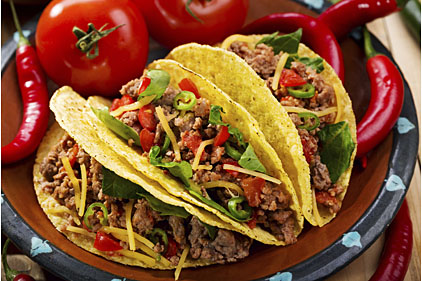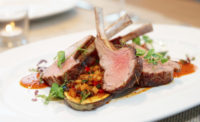Study: Hispanic market will continue to grow
The market's growth has as much to do with Americans expanding their palate to include unique, exotic and authentic flavors.

Clean up on aisle internacional…that is, clean up all the money, as sales of Hispanic foods and beverages continue to soar. The size of the Hispanic food and beverages market approached $18 billion in 2015, according to Packaged Facts, Rockville, Md. This represented an increase of 4% over 2014 and reflects a compound annual growth rate (CAGR) of almost 4% between 2011-2015, according to the “Hispanic Foods and Beverages in the U.S., 6th Edition” report.
The market's growth has as much to do with Americans expanding their palate to include unique, exotic and authentic flavors, as it does with Hispanic consumers representing an increasing portion of the total population or the cohort's impressive financial clout.
"Hispanics are experiencing an increase in purchasing power, and as a result, an increase in their influence on retail grocery offerings and on foodservice offerings," says David Sprinkle, research director. "But, beyond mere purchasing power or even swelling population percentages, the foods and beverages that are part of the Hispanic heritage continue to make inroads into the diets of all American consumers because of a growing interest in and acceptance of new flavors, spices and dining experiences."
The fact is, food has long been an important point of contact and integration, as African Americans, Hispanic Americans and Asian Americans and their cultures spent decades mixing with the dominant population and its cultural traditions. As a result, tortillas, tacos, burritos and salsa are welcomed into their kitchens and onto the menus of the restaurants they frequented. For example, every week on social media, Taco Tuesday is trending.
By Packaged Facts' estimates, Hispanic foods and beverages are clearly a part of the mainstream for at least a third (and perhaps as much as half) of the population, and are a familiar presence for about another third. The remaining block of consumers, 20-30%, has either not shown an interest in stepping outside their comfort zone when it comes to trying new foods or have outright rejected the tastes and textures associated with Hispanic foods.
Here’s some things marketers should consider to build sales of their Hispanic products:
- Provide those already accepting Hispanic foods and beverages with new taste experiences, especially those that have the aura of authenticity;
- Find ways to integrate their products into the other trends that the middle group of consumers are concerned with, especially the growing demand for free-from foods;
- Offer milder, more mainstream versions of their products to the hold-outs with a goal of getting them to at least try the unknown.
Looking for a reprint of this article?
From high-res PDFs to custom plaques, order your copy today!





